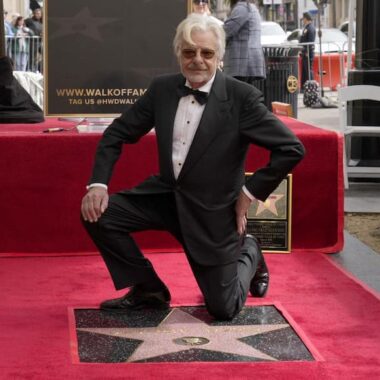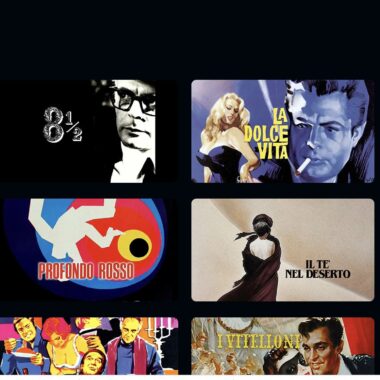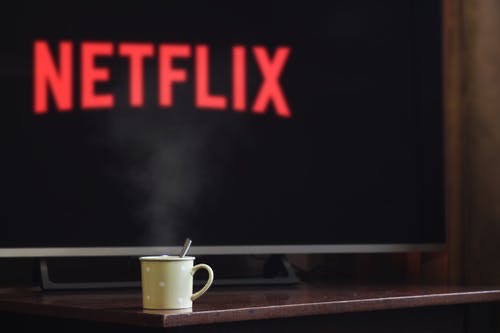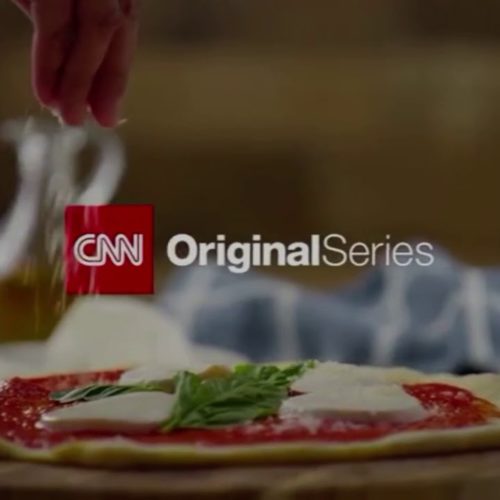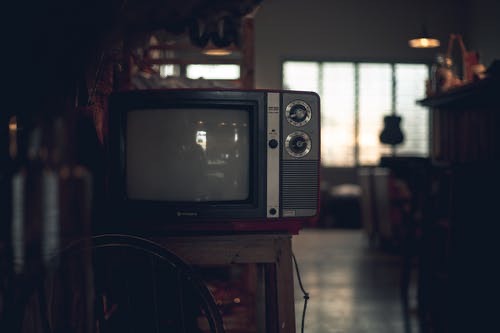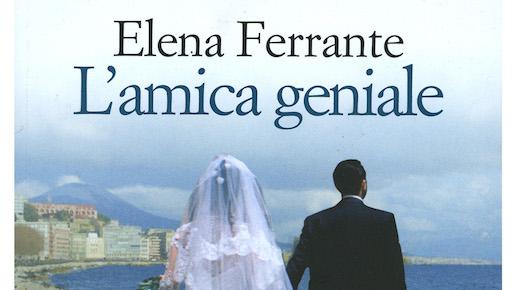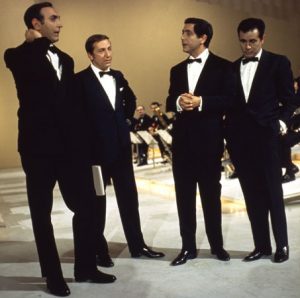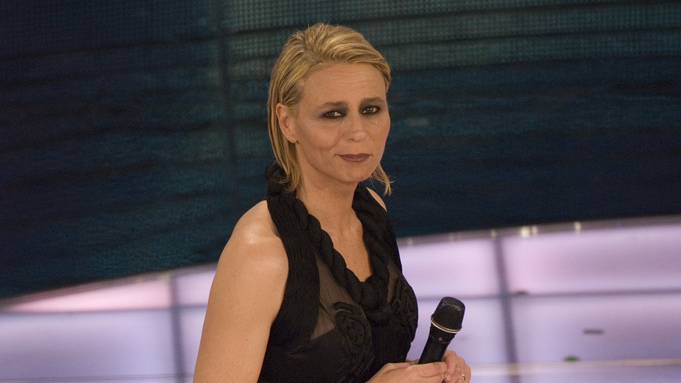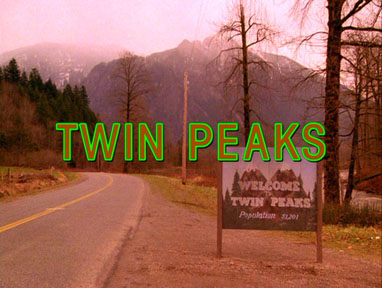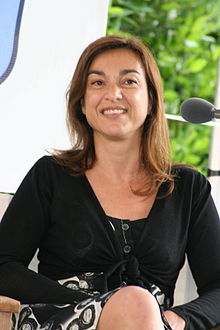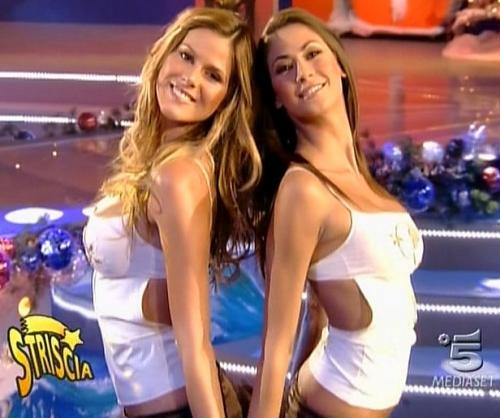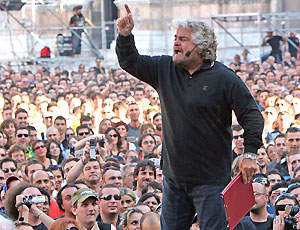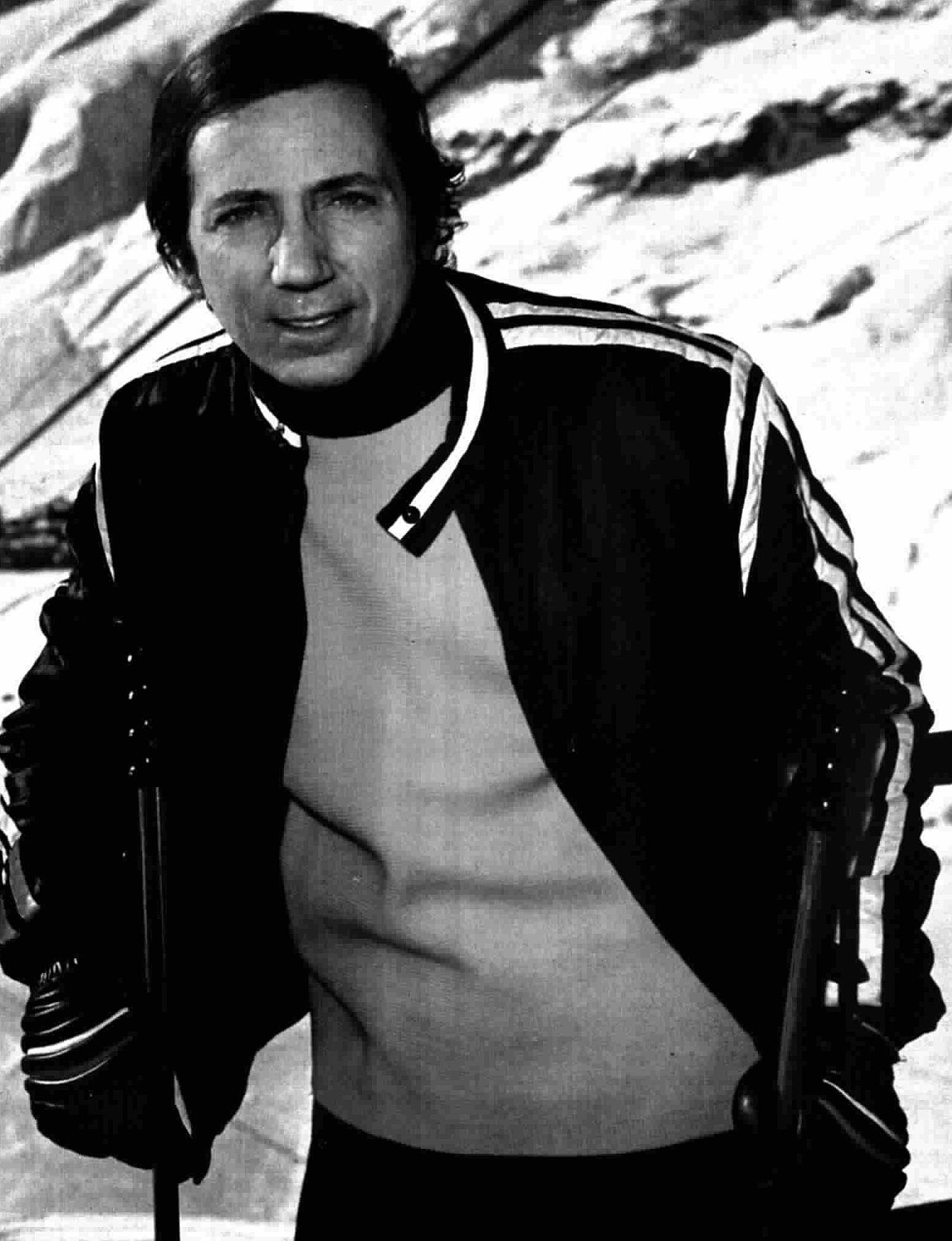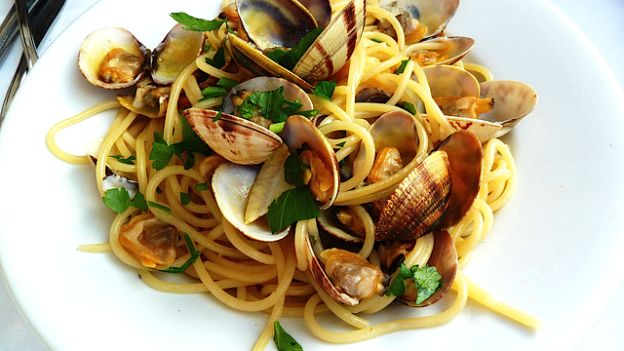History of Italian Television the 80s
Italian Tv 80s, Has Kidankel,Greggio,D’Angelo The 1980s is the decade of the private broadcaster in Italian television, a development that saw an explosion in the number of programs available to viewers. Never before had Italians had so much choice about what to watch, but it soon became clear that a few genres would be especially popular, namely soap operas and cartoons. Telenovelas, American fictional programming, soap operas and Japanese cartoons routinely ranked among the most loved and most viewed programs on Italian TV in the 80s.
During this time the monopoly of RAI came to an end and it was Mike Bongiorno, that icon of public television, who was one of the first to anticipate the new reality. Bongiorno would host l Sogni, a game show broadcast on Telemilano, the private channel that would later become Canale 5 and the flagship of Silvio Berlusconi’s media empire, proving that there was life after RAI. With the advent of private channels the war for viewers escalated and neither side left anything to chance when it came to getting a leg up on the competition. In 1981 came the creation of Auditel—a collaboration between RAI, other broadcasters and advertising agencies—which became a system to analyze program viewership. Critics have claimed that the system provides distorted results and awards mediocre programming.
In 1984 Silvio Berlusconi’s private channels Canale 5, Italia 1 and Rete 4, collectively known as the Mediaset Channels, were suddenly shut down, ostensibly because they broadcasted live in Italy without the proper authorization. The channels would soon be allowed back on the air, the first of what some claim are the many gifts given to Berlusconi by obliging politicians. In 1985 Auditel would definitively become the official tool for tracking ratings. Drama and Animation: Soap Operas and Cartoons Rule the 80s No two genres were more popular in the 80s—based on viewership and abundant supply—than soap operas and cartoons. The soap operas were mostly American with some South American telenovelas thrown in for good measure, while the majority of the cartoons were imported from Japan. Popular soap dramas included How the West Was Won, Chips, Charlie’s Angels, The Six Million Dollars Man, The Bionic Woman and The Thorn Birds. Other shows like Laverne & Shirley, Happy Days, Love Boat, Magnum PI, The Mary Tyler Moore Show, MASH, Three’s Company and Starsky & Hutch were also very popular. One of the most exciting television wars saw sophisticated and kitsch serials like Dallas, Dynasty, Falcon Crest, Flamingo Road and California opposing trashier but exciting soap operas from Brazil and Mexico like Dancin’ Days, Ciranda de Pedra and Even the Rich Are Crying. Some of the celebrated actresses starring in the latter shows included Brazilians Sonia Braga and Lucelia Dos Santos and the Mexican Veronica Castro. Meanwhile although the Japanese cartoons were produced for children they were also much appreciated by parents. The heroes and heroines of these cartoons include Candy Candy, Grendizer, Mazinger, Mazinger Z, Gundam, Star Blazers, Creamy and countless others with the 80s becoming known as the years of the Japanese invasion. Continuing the anime trend that had been born in the 70s it soon became possible to find Japanese cartoons airing on some channels around the clock.
More Choices Leads to More Variety After hosting together two editions of Canzonissima (1970 and 1971) and Fantastico 3 (1982-83) together Corrado and Raffaella Carrà split and begin a feud for lunchtime audiences. The first move is to Corrado with the successful game show Lunch is Prepared, which debuted in 1982. Carrà would respond twelve months later with Pronto, Raffaella? The show would garner an average of 4.5 million viewers daily and at one point peaked at 9 million daily when it aired on RAI at 12pm. Raffaella and Corrado would later both become leading primetime hosts on Channel 5 with the latter at the helm of La Corrida, an adaption of a radio show that first aired in 1986. Raffaella was less successful with her shows The Raffaella Carrà Show in 1988 and Il Principe Azzurro in 1989.
The careers of the much loved Raimondo Vianello and Sandra Mondaini continued well into the 1980s. After crafting countless successful skits and shows on RAI the couple followed Bongiorno to Mediaset and helped the private channels win the affection of the viewing public. In 1982 their show Attenti a Noi Due was their first success on Canale 5. In 1988 the first episode of their sitcom Casa Vianello aired. The show went off the air in 2010 when Vianello died. Mondaini, Vianello’s onscreen and real life wife, passed away on September 21, 2010 only months after the death of her beloved Raimondo. If you want to talk about longevity in television one need only look at the popularity of late night talk show host Maurizio Constanzo’s show, which debuted on September 14, 1982 and remains on the air today. Other popular shows that debuted on Italian television in the 80s include Sereno Variabile, The Price is Right, Mister Fantasy and Popcorn, Piccoli Fans and Superclassifica Show, Bim Bum Bam and Premiatissima, Tra Moglie e Marito and Zig Zag, Il Fantastico 8 hosted by singer Adriano Celentano and La TV Delle Ragazze, Colpo Grosso hosted by Umberto Smaila and Giuliano Ferrara’s Radio Londra. Two other hugely successful programs include Antonio Ricci’s Drive In and Striscia la Notizia.
In the 80s broadcasters turn their attention to morning TV with both RAI and Mediaset creating new morning shows. Ciao Italia first went on the air in 1981 on Canale 5, while RAI answered with Unomattina (1986) on Raiuno. And while the 80s was marked by the success of private broadcasters the public stations had their successes, too, including Renzo Arbore’s two cult comedy shows, Quelli della Notte and Indietro Tutta, Beppe Grillo’s Te La Do Io L’America and Te Lo Do Io Il Brasile. With these shows Grillo offered a new way of doing social satire, sending a moral message under the guise of reportage. In the 1980s RAI’s annual Fantastico and Sanremo Festival are as popular as ever and host Pippo Baudo becomes the public broadcaster’s answer to Bongiorno and Vianello. While in the 90s RAI would find its way back to its more institutional roots, while Mediaset would keep its transgressive and modern image, in the 80s even the public broadcaster indulged in the excesses of the so-called Glitter Years.










